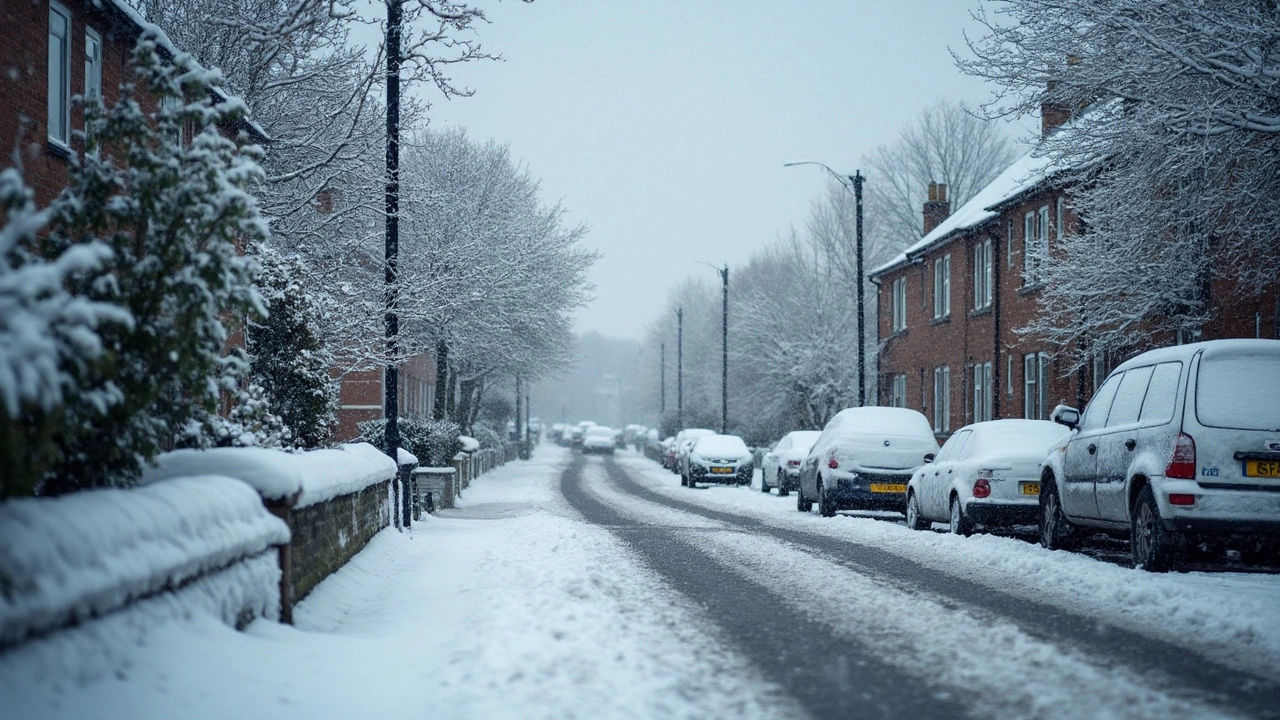Ice Warning: What It Means for You on the Road and Track
When an ice warning hits the news, it’s more than just a headline – it’s a signal that the ground is turning slick, and you need to act fast. Whether you’re commuting to work, planning a weekend ride, or gearing up for a race, icy surfaces can turn an ordinary trip into a dangerous slip‑and‑slide.
Ice forms when the temperature drops below freezing and moisture settles on the pavement. Even a thin layer can reduce grip dramatically, making brakes feel weak and steering feel vague. That’s why paying attention to ice warnings can save you from costly repairs, injuries, or worse.
Why Ice Warnings Matter
Authorities issue ice warnings to give drivers a heads‑up about expected conditions. Meteorologists look at temperature trends, humidity, and recent snowfall to predict where black ice is likely to appear. Black ice is especially treacherous because it’s almost invisible – it looks like a harmless patch of wet road until your wheels lose traction.
For motorsport fans, an ice warning can affect practice sessions, qualifying, or even race day. Teams may need to adjust tire choices, change suspension settings, or delay a start for safety. Ignoring the warning can lead to spins, crashes, and a race that ends before it even begins.
Practical Tips for Drivers and Racers
Slow down. The most effective way to combat reduced grip is to cut your speed. A 10‑mph reduction can give you a much larger safety margin when you need to stop quickly.
Increase following distance. Give yourself at least twice the normal space between you and the car ahead. That extra room lets you react without slamming the brakes.
Use gentle inputs. Steering, braking, and accelerating should be smooth. Sudden movements can break traction and send you sliding.
Check your tires. Make sure they have adequate tread depth. In colder weather, switching to winter tires can improve grip dramatically.
Stay aware of bridges and overpasses. These spots lose heat fastest and often freeze first. Treat them like you would a dedicated ice patch.
Know the signs. Look for glare off the road, a wet sheen that doesn’t evaporate, or patches that feel “spongy” under the wheel.
For racers, add a few extra steps: run a quick tire temperature check before hitting the track, adjust your line to avoid the coldest sections, and keep a spare set of tires ready if conditions worsen during the session.
Finally, keep an eye on local forecasts and traffic updates. Ice warnings can change quickly, and staying informed gives you the edge to make safe decisions on the fly.
Remember, the goal isn’t to avoid ice altogether – that’s impossible in winter. It’s to respect the warning, adapt your driving style, and stay in control. Follow these tips, and you’ll turn a potentially hazardous day into a smooth, safe ride.
Yellow Weather Alert in Scotland: Snow and Ice Warning for Midlothian and West Lothian
A weather alert for snow and ice has been announced for Midlothian and West Lothian. Anticipate wintry conditions due to a mix of cold air and rain, with possible snow up to 5cm in hilly regions. Health advice is issued for vulnerable groups to guard against icy conditions.









